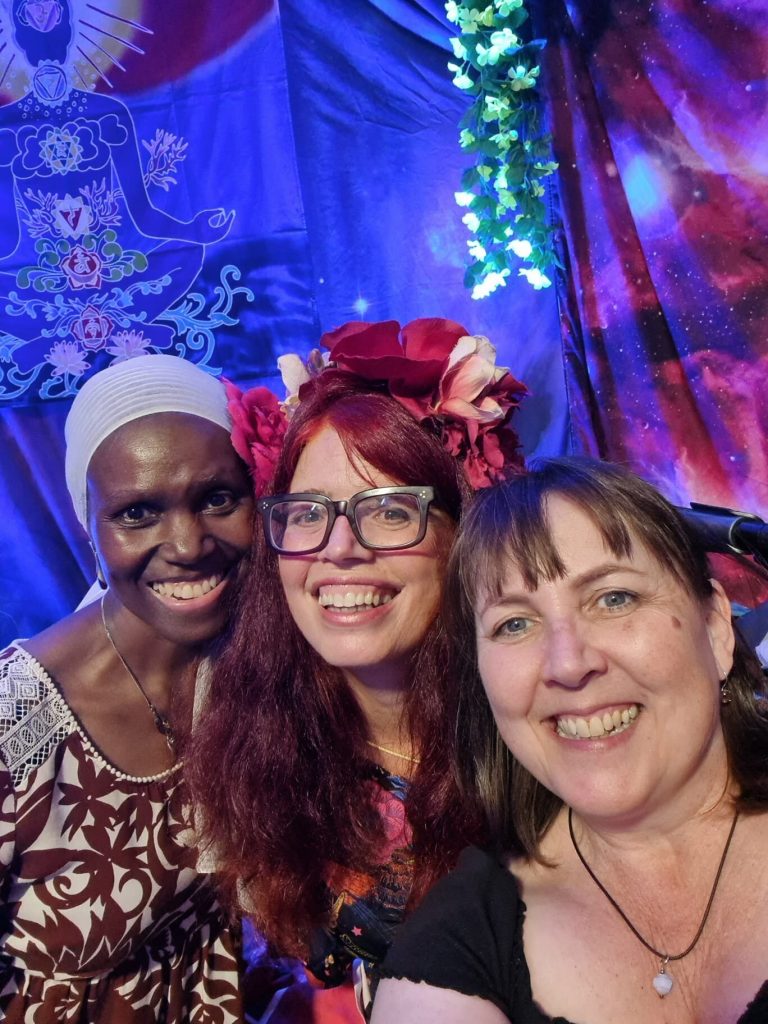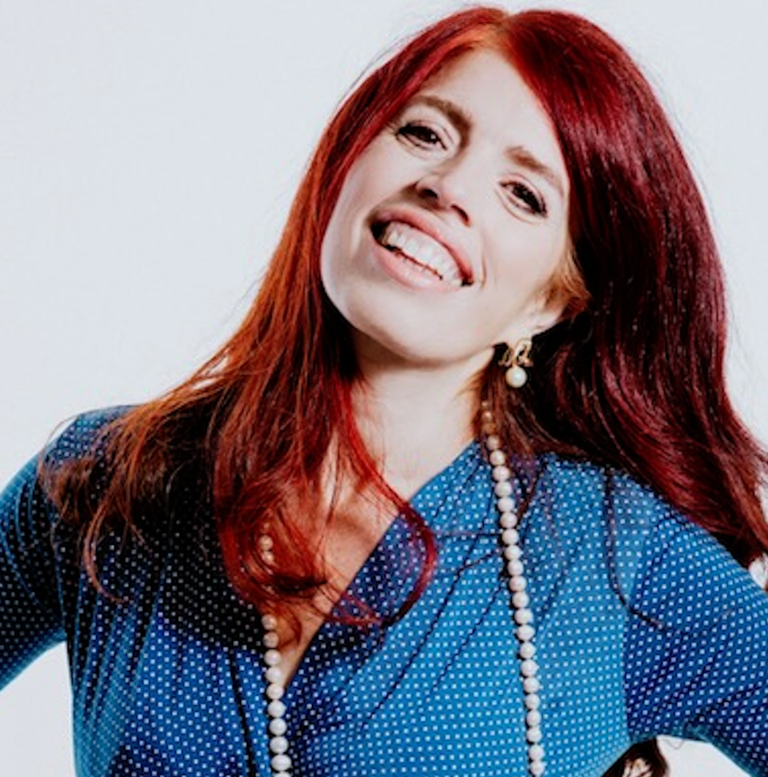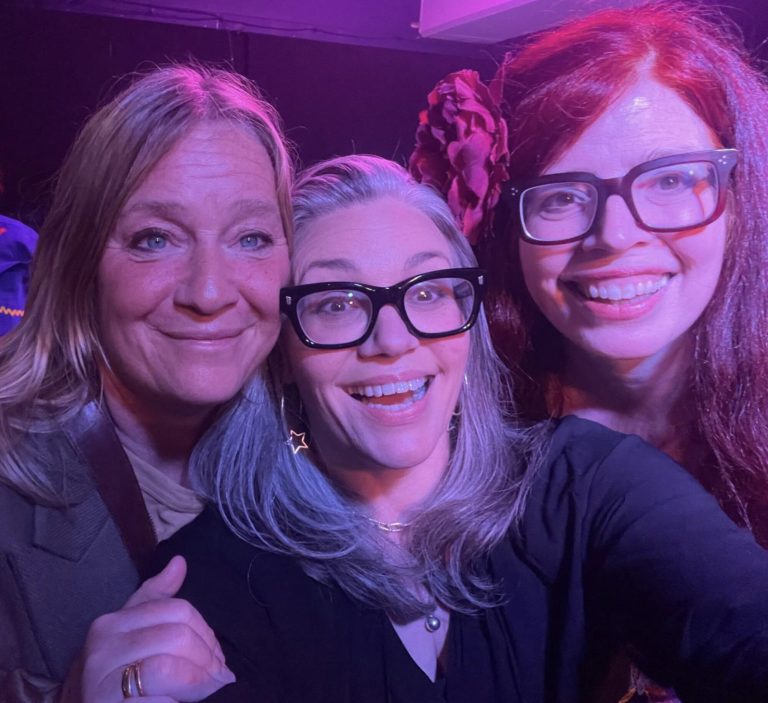The Dalai Lama was doing a road trip around America and a young waitress asked him if she could ask him a question. “Of course” he said and she asked “What is the meaning of life?” His answer was “Joy is the meaning of life but the difficult part is you have to discover what joy means to you – as in what is it that gives you joy?”
Stephen Porges (of the Polyvagel Theory) says that playfulness or joy is a state of true aliveness and that it balances our nervous system. We have two sides to our autonomic nervous system: the sympathetic and parasympathetic. The parasympathetic governs things like calming down, digestion and sexual arousal, so when we are too stressed these areas can shut down. The sympathetic rules things like getting energised and orgasm. When we are stressed or depleted it can affect our ability to relax or to get going in life as parts of our nervous system shut down.
But joy or play, on the other hand, can rebalance the nervous system through relaxation, surprise and breath. This allows people to feel like they are really living or really present.
But how can you discover what play or joy is for you? It can take some self compassion and some planning to experiment and try out new things and discover what makes your heart come alive. It can be important to resource yourself so that you feel safe to take yourself on a journey of recovery. The safety could be anything to do with building up tools, people and things that you do to feel calm and collected. If you connect with anything sensual like moving, dancing, swimming, being with a kind person, or being in nature, this can help to build the hippocampus which in turn can calm down your own fire alarm system (the amygdala). Once you feel calmer you can begin to explore what fun or joy is to you.
To start with, set some boundaries around your time so that you allocate time just for you to even contemplate these issues. Take yourself to a cafe or place you like and buy a lovely notebook that helps you explore what fun means to you. Be compassionate with yourself as this may take some time to achieve and to work with.
In therapy we talk about planning for your good, in other words if you plan it for Tuesday it’s more likely to happen on Saturday. So it is important that you keep writing lists of ideas of things you might like to try and then you can begin to build these into your life, one step at a time.
It is helpful to think of this as taking small baby steps because if you think of having to build a joy foundation in your life in one day you may get overwhelmed and give up.
This is about starting to honour yourself for the lovely being that you are and beginning to feel that you deserve to be loved enough to have fun. This is also about forgiving yourself for all the things you think you have done wrong or should have done and to let yourself be as you are right now with all the foibles and beauty of that. This is also about committing to you as the most important person in your life and beginning to date and woo yourself and give yourself the life you may have dreamed of.
It is not always easy to say “No” to people but if you can commit to saying “Yes” to you then you may find that you cannot do so much for others because you are busy with your commitments to yourself. This is about making your life a very important project and giving yourself love.
This is a gentle process but it can have incredible effects like revitalising your spirit or bringing new people into your life or transforming your partnership.
Mary was very stuck in her busy life and her relationship and she did not seem to know how to make a shift in her life. She knew when she had gaps in her diary that she “should” do some exercise or take a walk in nature. But she would find that there was housework or emails to do and time was moving on and her relationship also felt dull. Over time she began to get unwell and went through a serious illness and was faced with the prospect of looking at death and/or living a very small life because of it. She had never really given to herself in a big way but suddenly she needed help and she needed other people to look out for her.
Mary had never been that interested in psychology but she began to realise that if she looked forward to things it helped how she felt about her health. She also realised that she had feelings from the past that needed to be looked at and she also longed to find her creative self again. Little by little she found groups where she could go and express herself. She read articles on making visions and putting them on the wall. She slept a lot and she also started to clear old resentments by writing them down. She began to get slowly into crafts; she started to embroider cards for friends and paint watercolours of nature and she noticed how much this helped her with becoming better.
At the same time her relationship with her partner was growing. As she started to find herself, he realised he needed to do the same; he needed to discover his own resources and joy. Her illness took on a new meaning as she began to feel that it was a turning point and not an end. It was the illness that took her to joy and without it she might not have made such a big transition.
I believe that life can guide us to find ourselves and what joy means to us. Sometimes it may push us (with illness and difficulty) and sometimes we can volunteer without that and say that we want to find that in ourselves.






